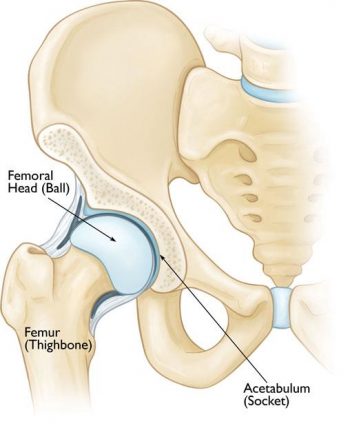Have you ever felt an unexpected ache in your joints and wondered if it’s just age catching up with you—or is it something more like Arthritis?
Not just the “Kiss of Time” Understanding Arthritis and its Impact


Have you ever felt an unexpected ache in your joints and wondered if it’s just age catching up with you—or is it something more like Arthritis?

Our bones are “living tissue.” of continually renewing cells, blood vessels nerves, and minerals. Osteopenia and Osteoporosis are conditions in which this process is affected causing bones to become weak with a higher risk for fractures.

Hip problems are common, the cause may be apparent, like an injury that comes on suddenly while gardening, running for the train or playing sports. However, sometimes the reason is not as clear, as symptoms may come on gradually. Hip problems can be one of the kisses of time problems and considered part of the […]

Last time I talked about the shoulder joint structure and briefly highlighted what can go wrong. Here is a look at some of the common problems that cause shoulder and arm pain in a little more detail

Shoulder problems are widespread; the shoulder is the most mobile joint in your body because the main shoulder joint (the gleno-humeral joint) is a ball-and-socket joint. It sacrifices stability for mobility, and for this reason can be vulnerable to injury, dislocation, muscle fatigue and degeneration due habitual poor posture. vulnerable to injury and habitual poor […]

About 50% of people with back pain following a disc herniation develop bone oedema, inflammation, or bone marrow lesions within a vertebral body. These are known as Modic changes and are related to poor healing and recurrent disc herniation. Their presence is significant because it was an independent predictor of intense and disabling low back pain episodes affecting recovery time and […]

Ultimately, effective stress management requires and multidisciplinary approach especially for long term situations. The physical effects need to be addressed to allow for the lifestyle changes to make a difference.

Last time I was talking about stress and mentioned it does have some benefits but its the ongoing or severe chronic stress that concerns me as health professional and pilates practitionerStress is a part of everyday life; have you noticed how prolonged stress affect you or those around you?

Here’s another informative animated film, this time on the complex subject of Central Sensitization Syndrome (CSS), which is the prevailing theory of the cause of chronic pain & other chronic symptoms.

Joint and muscle pain is probably the number one symptom that prompts people to seek the help of health professionals such as osteopaths. Musculoskeletal pain affects the bones, muscles, ligaments, tendons and nerves; it is commonly caused by physical injury, which can be widespread or localised in just one body part.

Following on from the last post on; Understanding Sciatica, this post looks at recovery and treatment. There is good news, 80 – 90% of people fully recover from Sciatica with no surgery. In most cases, the nerve is not permanently damaged, and individuals improve in a 3 -12-week time frame. Conservative treatment, including hands-on and movement-based, can reduce recovery […]

Sciatica is a relatively common condition of pain or loss of sensation. Medically sciatica is a set of symptoms rather than a diagnosis of what is causing the pain. Sciatica means that another spinal structure is compressing a person’s sciatic nerve.

Pelvic Girdle Pain (PGP) in Pregnancy affects up to one in five women. It is the umbrella name for all pelvic pain, including pubic pain which is called symphysis pubis dysfunction (SPD), or Osteitis Pubis which is inflammation of the pubic symphysis. PGP includes pain anywhere from the lumbar spine, abdomen down to the thigh, […]